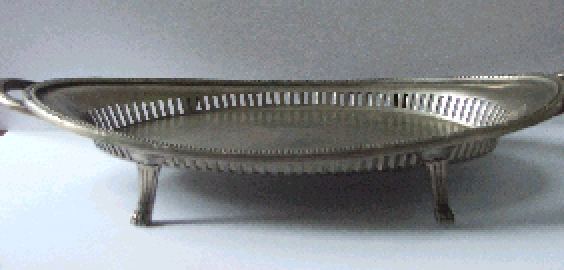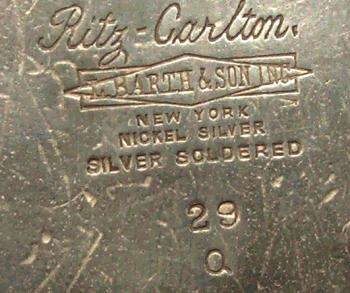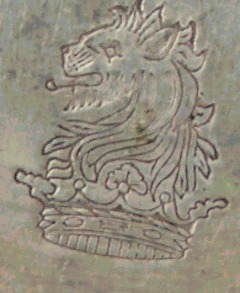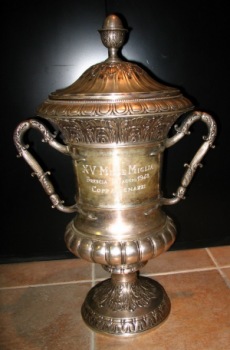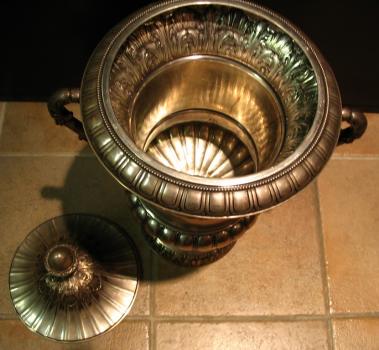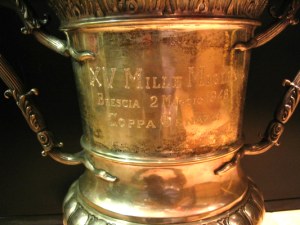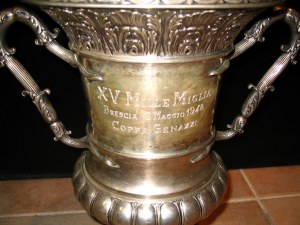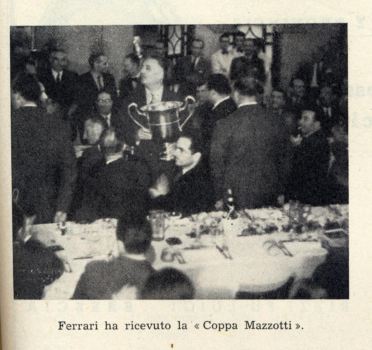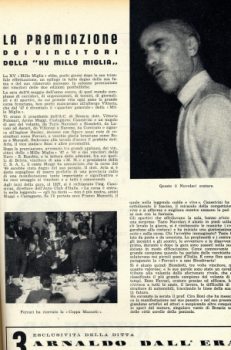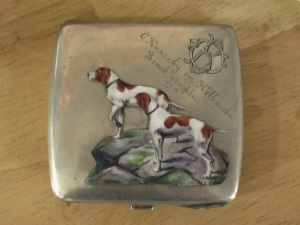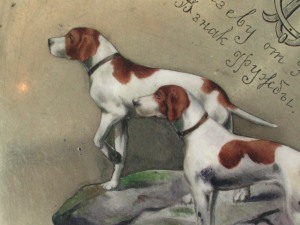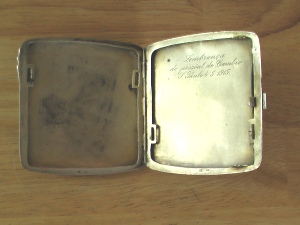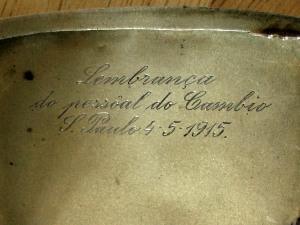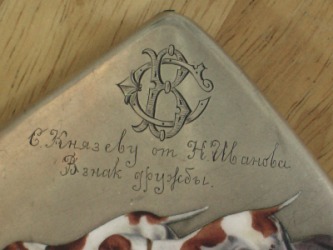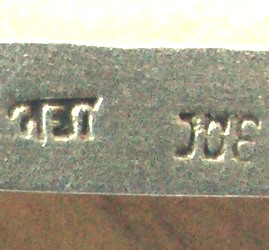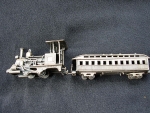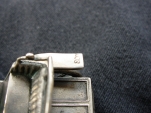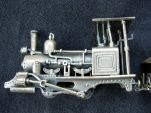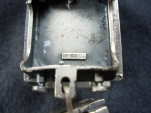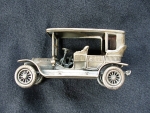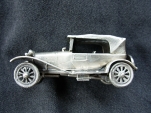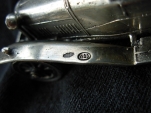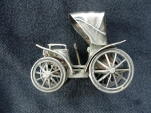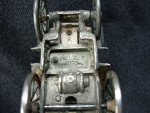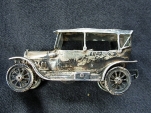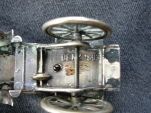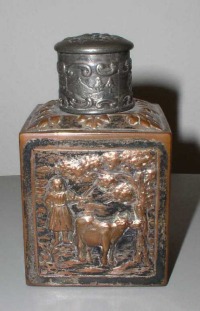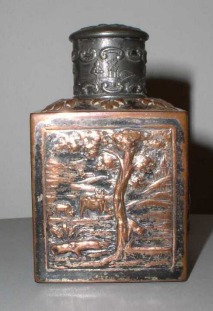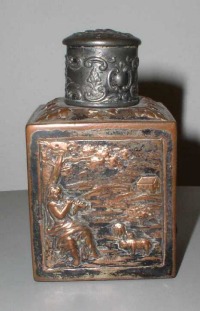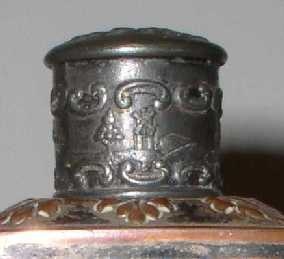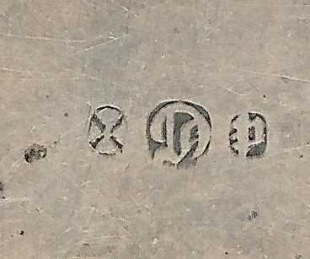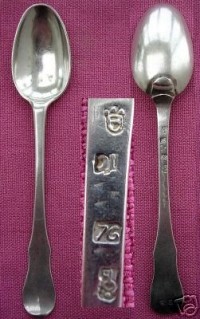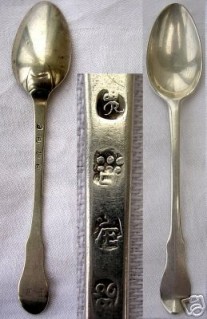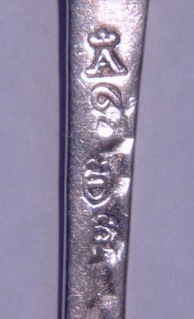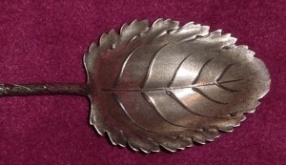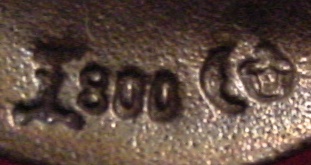 newsletter # 29 September 2006
newsletter # 29 September 2006www.ASCASonline.org
email: silverassociation@yahoo.it
YOUR GUIDE TO THE SEPTEMBER NEWSLETTER:
articles new members
members' window
|
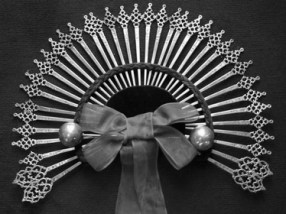
Giorgio Busetto presents: |
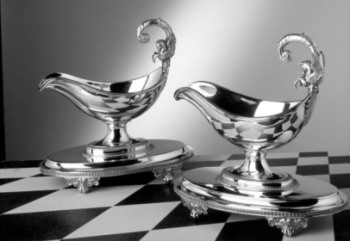 Martine D'Haeseleer presents:
Martine D'Haeseleer presents: Belgian silver of the Empire period Elegant austerity and charming personality of Belgian silver from 1798 to the 1830's click here |
New members
Welcome to new ASCAS members:
Maria Ines Braudo - Argentina
Leslie Fain - USA
Anneke Fluitman - England UK
Paul John Graham - England UK
Ray E. Jennings - Canada
Freddy Lariviere - France
Jacquie Mallory - Canada
Doris Matthews - USA
David Murray - South Africa
Viviann Napp - USA
Thierry Nguyen - Switzerland
Linda Payne - USA
Søren Petersen - Denmark
Anthony Phillips - England UK
Gracia Richard - France
Jean Claude Sicard - France
Olof Gudfinna Siemsen - Iceland
Members' Window # 29
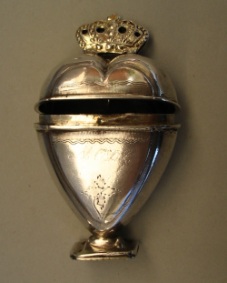 Giorgio Busetto presents:
Giorgio Busetto presents:A Scandinavian silver Hovedvandsæg it was with this type of spice box from Scandinavia that a young man indicated his intentions by presenting a 'hovedvandsæg' to the young lady of his choice ('luktevannshus' in Norway). It literally means 'head-water egg' i.e. an 'egg' to contain 'water' to revive the senses. It is the successor of the pomander and should also be called 'vinaigrette', since it was used for smelling salts or aromatic vinegar.... click here |
Mail to ASCAS: e-mail
silverassociation@yahoo.it
Gail B. Randall, Ritz-Carlton Hotel
Co. writes:
We try to do whatever we can for our guests and this one is a
little different than norm, so any help I can get is greatly
appreciated.
What can you tell me about L. Barth & Son Inc or L. Barth & Sons
Inc. (I have seen the name in print with a variation of 'Son'
being singular and plural)? I know it's a New York Company. Are
they still in existence or have they been renamed? I am trying
to do research on a silver plate they made decades ago that is
tied to our hotel.
I have attached some pics. The plate was purchased this past
July in Boston, Lincolnshire (England).
I contacted one of the Executive Team members at our Boston
Hotel thinking that the plate was made for that property since
it's the first hotel in our chain that is still in business. He
didn't recognize it and thought that perhaps it might be from
one of The Ritz-Carlton hotels that didn't survive the
depression. Those hotels were located in New York, Atlantic City
and Philadelphia. This is all the info I have.
Thank you so much.
Gail B. Randall,
Asst. to Corporate V.P. of Quality & Guest Relations
Manager Product and Brand Management,
Ritz-Carlton Hotel Co.
I was unable to find information about Barth & Son.
Dorothy T. Rainwater in her Encyclopaedia of American Silver
Manufacturers cites Carlton Silverware (Oneida) in the Trade
Names listing.
I hope that ASCAS members may supply the information you are
interested on.
Giorgio Busetto
ASCAS Secretary
Morry Barmak writes:
I wonder if you can help me. Below is a trophy I have in my
collection from the winner of the 1948 Mille Miglia.
Inscription:
Brescia 2 Maggio 1948
Coppa Genazzi
At the base bottom it is inscribed M.ROSA - FIGLIO and TORINO.
Would you have any idea if this trophy was made by Luigi Genazzi, and then named after him, or if it was made by M.Rosa and Figlio as written below?? Was Genazzi from Torino??
Would there be any way to contact this silversmith - or his sons - to find out any more information regarding this trophy? For example, how much it cost to make back in 1948, how many were made, etc.
Below is a photo of Enzo Ferrari with another trophy won that year called the Coppa Mazzotti. I am wondering if the one I have went to the winning drivers (Biondetti) and was named the 'Coppa Genazzi', and the other trophy - the 'Mazzotti' - went to the manufacturer (Ferrari). I would love to find out for sure. I have contacted the Mille Miglia society in Brescia but they have not been much help yet.
Thanks for your help.
Regards,
Morry Barmak
COLLECTOR STUDIO - Motorsport Gallery
136 Yorkville Ave.
Toronto, ON, M5R1C2, Canada
The inscription to the
bottom of the Mille Miglia (1) Trophy refers to silversmith
Mario Rosa & Figlio, Via Arsenale 25 – Torino (Mario Rosa & Son).
This firm has ceased its activity (last notice of its activity
in 1990). Italian solid silver is marked with ‘800’ and a
lozenge (Mario Rosa had a lozenge with inscribed ‘9 TO’), I
believe that this trophy is silver plate and not solid silver
(note: the lozenge and the ‘800’ are very small).
Anyway Luigi (and Eros) Genazzi (2) were active in Milano (Milan)
and not in Torino (Turin).
Would one of our members provide some help to Morry Barmak in his research
concerning the maker of the cup?
Giorgio Busetto
(1) Mille Miglia (Thousand Miles), was an open-road endurance
race which took place in Italy twenty-four times from 1927 to
1957 (thirteen before the war, eleven from 1947).
The winners of the 1948 edition were Clemente Biondetti and
Giuseppe Navone, driving a Ferrari 166
(2) Luigi and Eros Genazzi were two well known Italian
silversmiths. Their firm was active in Milan in the first half
of the 20th century.
Viviann Napp writes:
My name is Viviann Napp and I am interested in learning more
about collecting small silver objects such as cigarette cases. I
recently purchased one in Tallinn, Estonia which has me
intrigued. I travel frequently between Tallinn and the US since
I have an art gallery in Tallinn and a newly opened one in the
US. I do travel to Riga and Moscow too and visit antique shops
etc.
The cigarette case I have now has an engraving in it in Russian
and in Italian with the date 1915. On the cover are spotted
hunting dogs. I was told that since the dogs are not entirely
covering the cover (I think they are enamel) then they are
unusual.
Here are the pictures of my silver, and enamel cigarette case.
The date engraved on the inside is 1915.
The dimensions are 3.5 x 3.25 inches. Perhaps you can tell me
more.
Regards,
Viviann Napp
The external dedication is in Russian. The dedication on the
interior is in Portuguese (not Italian) and refers to São Paulo
(Brazil). The hallmark '800 (800/1000 silver) is neither
Brazilian nor Russian.
Do any members recognize these hallmarks?
Giorgio Busetto
Carl Heimann writes:
have come upon some interesting models/toys from Italy.
The pictures enclosed are of a model train (2pcs) and a Bentley.
These seem to be made by 'Uno a Erre' in Arezzo...please note
the 'AR' mint mark.
I can only guess that they are contemporary, but I live in
California where we have little history.
The other cars of a Benz 1893 and a Fiat model 0 seem to have a
Milan mint mark...#387?..and appear to be older.
Lynda Coffman writes:
I purchased a very nice flask several years ago and have had
no luck in determining its purpose or value. It appears to be
copper with silver plate; 6 cm square and 10 cm high (including
the silver neck and lead lid). The embossed images are lovely
scenes of farm life with a windmill on the lid. Perhaps of Dutch
origin? I have been unsuccessful in identifying its silver marks.
If anyone can be of assistance in providing information about
this piece, I would be most grateful. I have attached photos of
the item.
I always enjoy reading your ASCAS Newsletter. I gives me the
chance to enjoy so many unusual silver pieces that I may never
see during my 'collecting'.
Thank you again.
Sincerely,
Mrs. Lynda Coffman
Krista Bartlett writes:
Hello,
I am the descendent of a dynasty of silversmiths who worked in
Hanau, Germany from about 1880 to the late 1920 (later on the
models were again used by my father and uncle after WWII for
some years). The name was Zwernemann. They manufactured antique
silverware.
Do you maybe have some information on these makers? Since my
parents were divorced when I was quite young, I am missing some
information, although I am in the possession of quite some
beautiful pieces. I would be grateful for any information you
can provide me with!.
Best regards,
Krista M. Bartlett
Darmstadt
Does any member have information about Hanau silversmith
Zwernemann?
Giorgio Busetto
ASCAS Secretary
Replies to questions
Dominique Bochet receives this reply about the marks of his spoons ( see August Newsletter) Janjaap Luijt writes: Answer to the Belgian spoon
question.
Ludo D'Haese writes: |
Debbie Cracovia receives this reply about the marks of her German spoon ( see August Newsletter) Karin Sixl-Daniell writes: …the manufacturer is Koch & Bergfeld of BremenEmil Fonfoneata writes: The spoon is made in Germany by KOCH & BERGFELD ( Hallmark Half moon + crown).
This manufacture was producing silver since 1829 and had premises in Bremen.
|
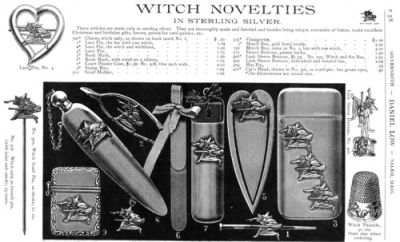
|
This month ASCAS presents the images
of WITCH NOVELTIES IN STERLING SILVER
from the Summer 1894, Daniel Low, 231
Essex Street, Salem, Mass. catalog |
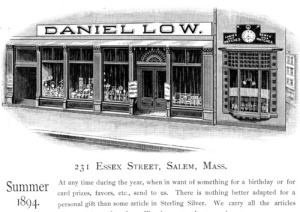
|
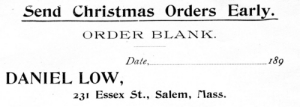
|
Closing our SEPTEMBER 2006
edition of ASCAS Newsletter I hope you have
appreciated its content.
Your comments, suggestions and advice will be of
great help.
My thanks to Morry Barmak (Canada), Krista
Bartlett (Germany), Lynda Coffman (USA), Jayne
Dye (USA), Ludo D'Haese (Belgium), Martine D'Haeseleer
(Spain), Carl Heimann (USA), Emil Fonfoneata (Belgium), Janjaap Luijt (The
Netherlands) Viviann Napp (USA), Gail B. Randall
(USA), Raoul Verbist for their invaluable contributions.
Giorgio Busetto
Secretary
ASCAS is a community of people
having a common interest in antique
silver.
|
|
|

